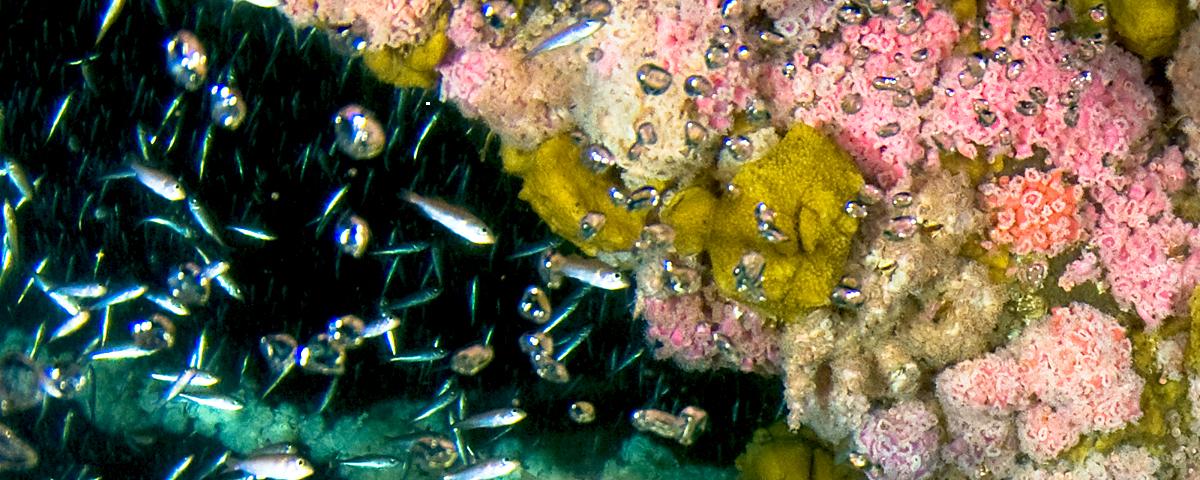Ocean sprawl facilitates dispersal and connectivity of protected species.
Abstract
From the Abstract: “Highly connected networks generally improve resilience in complex systems. We present a novel application of this paradigm and investigated the potential for anthropogenic structures in the ocean to enhance connectivity of a protected species threatened by human pressures and climate change. Biophysical dispersal models of a protected coral species simulated potential connectivity between oil and gas installations across the North Sea but also metapopulation outcomes for naturally occurring corals downstream. Network analyses illustrated how just a single generation of virtual larvae released from these installations could create a highly connected anthropogenic system, with larvae becoming competent to settle over a range of natural deep-sea, shelf and fjord coral ecosystems including a marine protected area. These results provide the first study showing that a system of anthropogenic structures can have international conservation significance by creating ecologically connected networks and by acting as stepping stones for cross-border interconnection to natural populations.”

